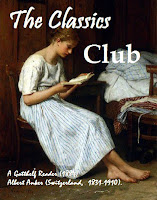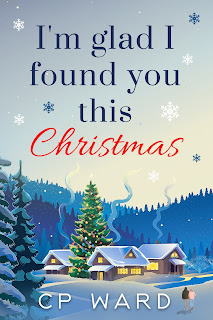Coming Home to Roseford Villas by Fay Keenan #Review
Today we return to the series by Fay Keenan set in the Somerset village of Roseford. Coming Home to Roseford Villas was published by Boldwood Books on 12th April. Aurora Henderson and Leo McKendrick were love’s young dream when they first dated as teenagers. But like many a first love, parents, life, and distance got in the way, and the couple lost touch. Now, twenty years later, Aurora – Rory to her friends – needs a break. Burnt out from her teaching career and longing to write a novel, Rory heads to the idyllic village of Roseford for a summer of writing and relaxation. Leo needs a change too. Ex-pat life in Australia has come to a sticky end so the opportunity to run his family’s B&B, Roseford Villas, for the summer is too good to turn down. Neither Rory nor Leo believe in fate, but when Leo opens the door to his latest guest, he might just have to reconsider. And when a sultry summer fills with nostalgia and memories and six weeks flies by too fast, love’s young







Jane Eyre is such a great book. What a nice idea, reading it to celebrate the author's birthday. I don't know if you've already read it or even if you would like it, but if you like sort of silly fantasy-mystery books that feature a healthy helping of bookish nerd stuff you might want to try Jasper Fforde's The Eyre Affair.
ReplyDeleteThanks for dropping by. I do like reading books which have been sparked off by others but I haven't read The Eyre Affair yet.
Delete